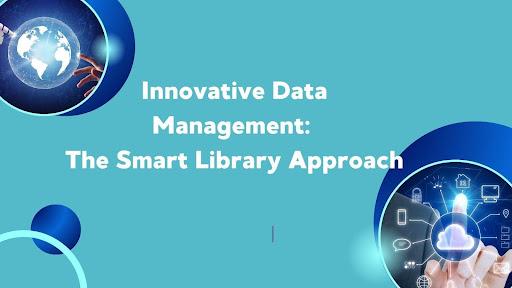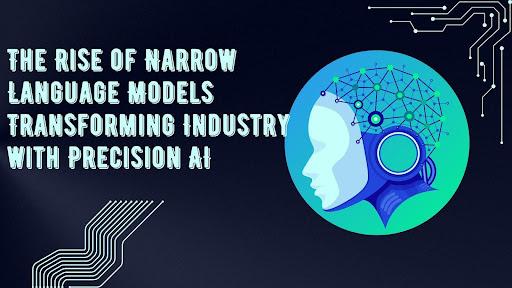In the modern transformation era, the digital landscape of business process management is undergoing a transformation, moving away from rigid procedural workflows toward more adaptable and efficient models. At the forefront of this change is the adoption of declarative rules, a concept extensively explored by Sasikiran Vepanambattu Subramanyam. With a strong background in enterprise workflow optimization, He presents a compelling case for why declarative rules are shaping the future of business process management.
A Paradigm Shift in Business Process Management
Traditional BPM systems use procedural programming, limiting adaptability to change. Declarative rules redefine BPM by focusing on constraints and desired outcomes rather than fixed steps. This flexibility simplifies modifications, enhances transparency, and ensures compliance with evolving regulations, enabling enterprises to stay agile amid shifting market demands and regulatory landscapes.
Enhancing Adaptability in Dynamic Environments
Declarative rules enhance adaptability by allowing organizations to modify policies without extensive code changes. By focusing on constraints rather than procedures, they enable seamless compliance updates, especially in regulated industries. Automation further reduces manual intervention, accelerating decision-making and responsiveness in sectors like finance, healthcare, and supply chain management.
Improving Governance and Transparency
Effective governance and compliance are essential in modern enterprises amid growing regulatory demands. Declarative rule systems enhance transparency by making business logic explicit and auditable, unlike traditional workflows with embedded compliance logic. Clear documentation streamlines regulatory reviews, improves accountability, and ensures traceable decision-making, reducing reliance on undocumented procedures and simplifying compliance validation.
Reducing Technical Debt and Enhancing Maintainability
As enterprises scale, maintaining legacy BPM systems becomes a costly and complex endeavor. Traditional procedural workflows often lead to ‘spaghetti code,’ where compliance logic is intertwined with core operations, making modifications cumbersome and error-prone. Declarative rule-based architectures, however, separate business logic from application code, reducing technical debt and increasing maintainability.
This decoupling allows for targeted updates without affecting the entire system, making rule changes faster and more cost-effective. Businesses that transition to declarative models report significant reductions in development cycles, enabling faster response times to market shifts and regulatory changes.
Empowering Business Stakeholders
Declarative rule systems empower business stakeholders by enabling non-technical users to define and modify business rules without IT intervention. Unlike traditional BPM systems that create bottlenecks, declarative approaches bridge the gap between business and IT, fostering collaboration among analysts, compliance officers, and process managers. This democratization of rule management enhances agility, allowing organizations to adapt quickly and optimize workflows without relying on technical teams for routine updates, ultimately driving efficiency and responsiveness across departments.
The Future of Declarative Rules: AI and Beyond
The integration of artificial intelligence (AI) and machine learning with declarative rules is paving the way for even more intelligent automation. AI-driven rule engines can analyze patterns and optimize workflows in real-time, further enhancing adaptability. Additionally, advancements in natural language processing (NLP) are making it possible for business users to define rules in plain language, removing the barrier of technical complexity.
Blockchain technology is also playing a role in this evolution. Smart contracts, which operate on the principles of declarative rules, are being utilized in secure and transparent business transactions. This convergence of declarative rules with emerging technologies underscores their growing importance in shaping the next generation of enterprise workflow automation.
In conclusion, declarative rules are transforming workflow management by providing businesses with a more adaptable, transparent, and scalable approach compared to traditional BPM systems. As highlighted by Sasikiran Vepanambattu Subramanyam, these rule-based frameworks enhance operational efficiency, minimize technical complexities, and unlock new avenues for innovation. With ongoing advancements in AI, NLP, and blockchain further strengthening their potential, declarative rules are set to become a fundamental pillar of modern enterprise architecture.







